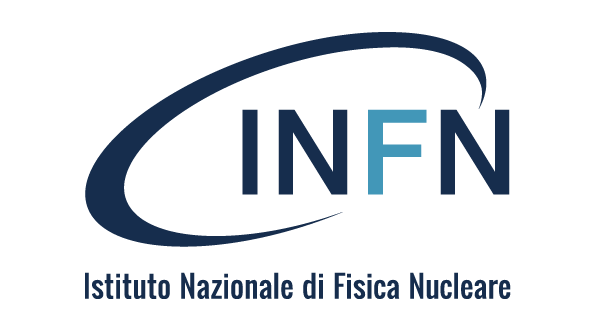PEOPLE
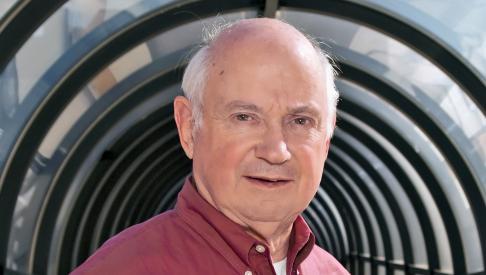
THE ROLE OF EVALUATION FOR A COMPETITIVE SCIENCE
Interview with A. J. Stewart Smith, Professor emeritus at Princeton University, former President of the International Evaluation Committee of INFN
The INFN fully understands and values the importance of unbiased evaluation for it to remain a centre of excellence and maintain its competitive edge. For this reason, since 1997 its research activities have been evaluated by an International Evaluation Committee (Comitato di Valutazione Internazionale – CVI) made up of six international experts in the fields of economics, industry, and research. Each year the CVI issues a report on the INFN’s research activities, along with its recommendations for improving overall performance. This report and the INFN three-year plan is sent to the Italian Ministry for Universities and Research. The last meeting of the CVI with the INFN’s management and representatives was held on October 12-14 and was hosted by the Bari Division. It was also the last meeting to be chaired by Professor Smith, a senior particle physicist and an internationally renowned scientist, Professor Emeritus at Princeton University, who successfully led the BaBar experiment at SLAC National Accelerator Laboratory, in California, USA.
You served for eight years as Chair of the INFN International Evaluation Committee, and your mandate just ended, on December 31st. How was this experience, from a professional and personal point of view?
Simply sensational on both counts! Professionally it has been an honour and privilege to help INFN strengthen and hone its already outstanding science programs and advise its management on plans for the future. I loved learning about areas outside my experience as a traditional high-energy physicist: KM3Net, Virgo, Einstein Telescope, XENONnT, Eupraxia projects, to name a few.NEWS
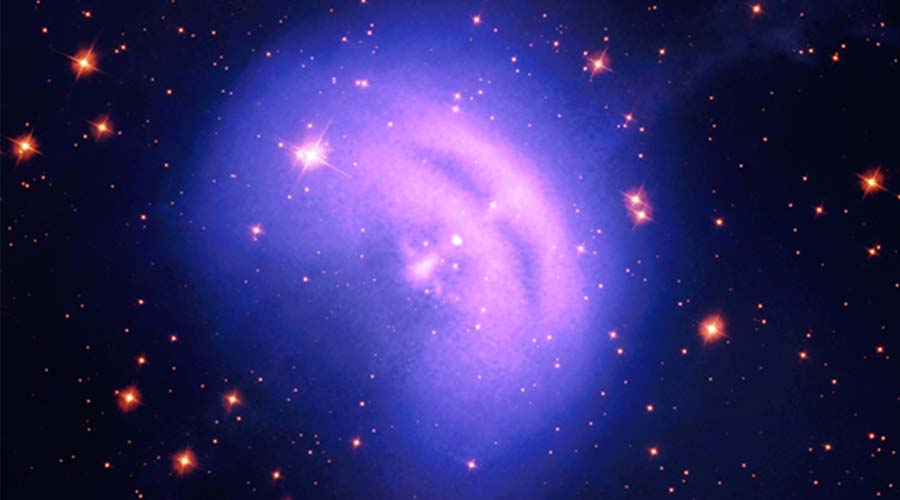
RESEARCH
VELA, A PULSAR AT THE LIMIT OF POLARISATION
Pulsars, rapidly rotating neutron stars, emit a wind of high-energy particles, permeated by magnetic fields, which can collide with the gas it encounters along its path. In this collision, synchrotron radiation is produced, literally "lighting up" the nebulae. An investigation of the properties of the light from such a celestial object, the Vela Pulsar Wind Nebula (PWN), observable in the southern sky, shows that it is polarised.
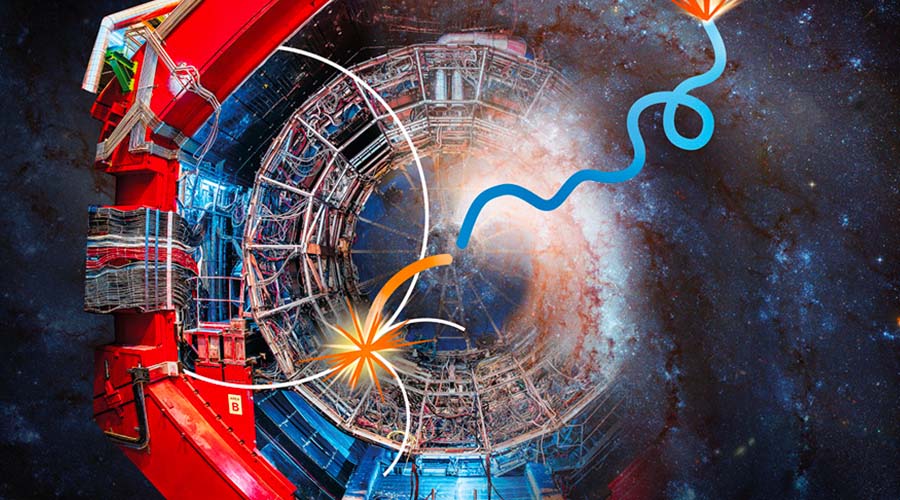
RESEARCH
ALICE MEASURES THE TRANSPARENCY OF THE MILKY WAY WITH RESPECT TO LIGHT ANTIMATTER NUCLEI
Nuclei of light antimatter atoms can travel undisturbed in our galaxy for long distances: this is the result of a study published on 12 December in the journal Nature Physics by the international collaboration of the ALICE experiment, and which saw a major contribution from INFN. By examining the interactions between the material composing the experimental apparatus of ALICE, one of the four large detectors at CERN's LHC accelerator, and the antimatter produced in proton-heavy-ion collisions, researchers were able, for the first time, to determine the rate at which antihelium-3 nuclei are absorbed by ordinary matter.
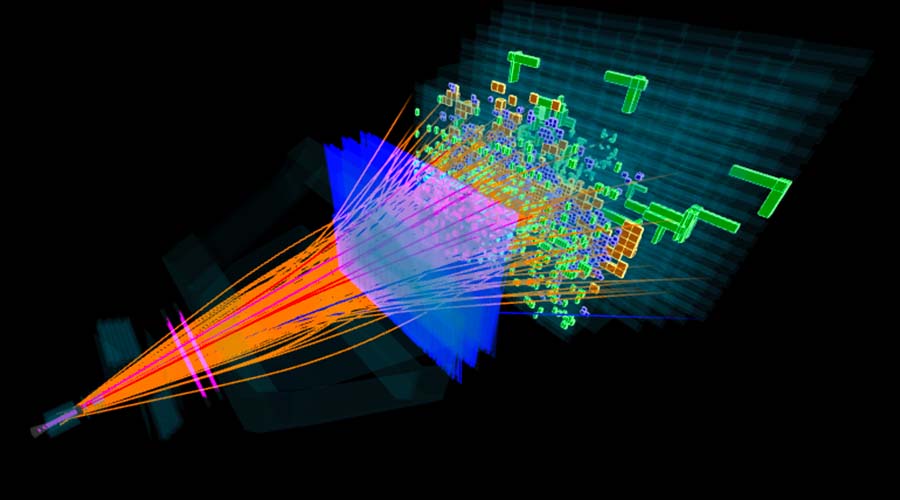
OPEN SCIENCE
THE LHCb COLLABORATION MAKES AVAILABLE ITS DATA
The LHCb collaboration, working on the large experiment at CERN's LHC accelerator dedicated to the study of heavy quarks, has for the first time made public a large package of data acquired from the detector. The data, already available on CERN's open data portal, represents approximately 20% of the total information produced by proton-proton collision events during LHC Run 1.
FOCUS
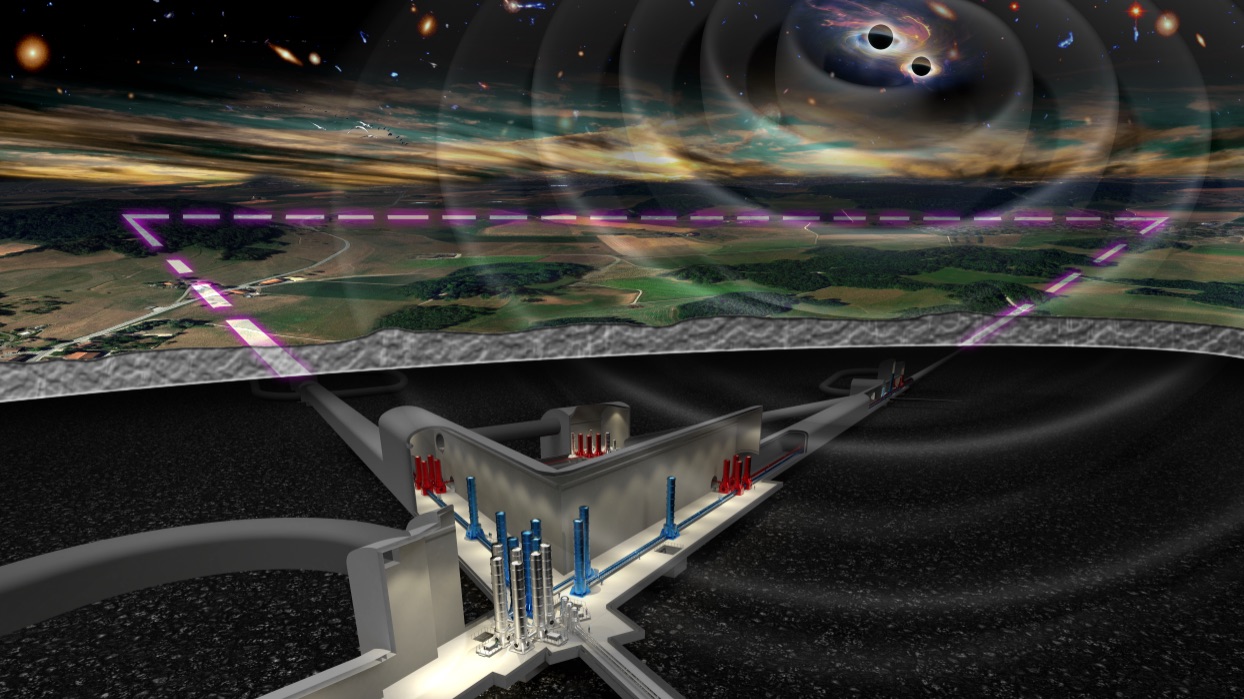 THE NRRP ETIC PROJECT TO SUPPORT THE ITALIAN CANDIDACY FOR ET GETS UNDERWAY
THE NRRP ETIC PROJECT TO SUPPORT THE ITALIAN CANDIDACY FOR ET GETS UNDERWAY
A meeting was held on 19 December to mark the start of the activities of ETIC (Einstein Telescope Infrastructure Consortium), a consortium established and funded under Mission 4 of the NRRP (National Recovery and Resilience Plan), coordinated by MUR (Ministry for University and Research). INFN is both sponsor and lead partner of the ETIC project, which also relies on the collaboration of national universities and research organisations. ...
TAKE PART IN
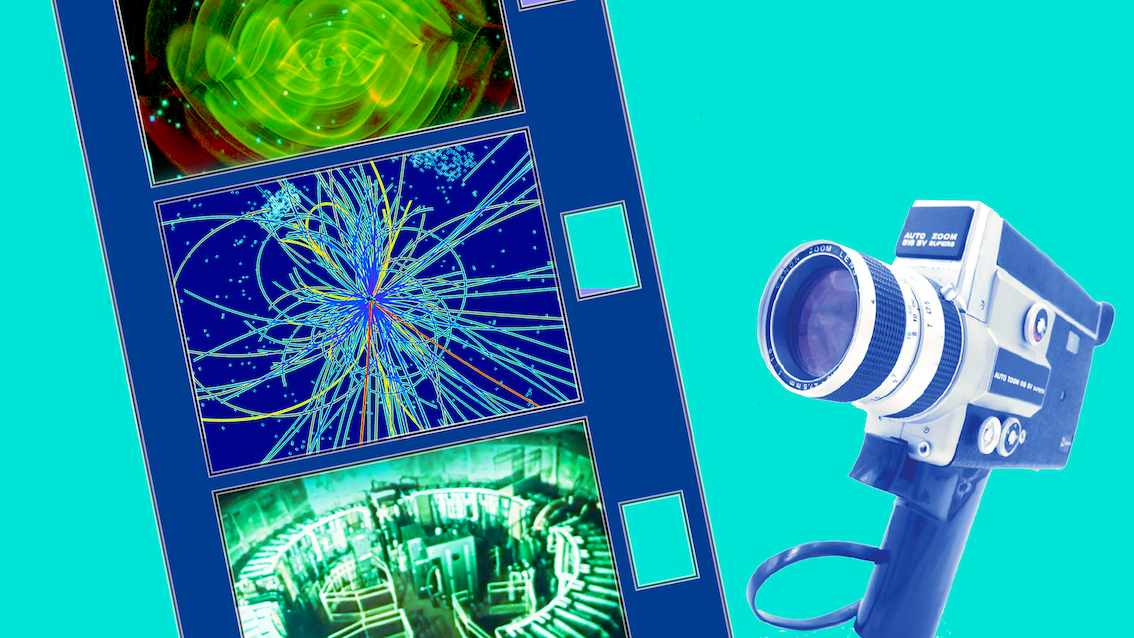 PHYSICS IN SUPER8. STORIES OF DISCOVERIES
PHYSICS IN SUPER8. STORIES OF DISCOVERIES
From January 19th will start Physics in Super8. Stories of discoveries, a series of online live on INFN's YouTube channel, dedicated to the history of some of the most important discoveries in physics of the 20th and 21st centuries. The live streams were organized to support the student contest Science audioportraits launched by INFN in the context of La Mediateca dell’INFN. The History of Physics in Video, an archive of historical audiovisual material on Italian research in fundamental physics. All the events will be held in Italian. ...
INFORMATION AND CONTACT
Images cover
Cover image: Disused metal mine in Sos Enattos, Sardinia ©INFN
INFN - COMMUNICATIONS OFFICE
comunicazione@presid.infn.it
+39 06 6868162
EDITORIAL BOARD
Coordination:
Antonella Varaschin
Project and contents:
Cecilia Collà Ruvolo, Eleonora Cossi, Matteo Massicci, Anna Greco, Francesca Mazzotta, Francesca Scianitti, Antonella Varaschin
Design and Mailing Coordinator:
Francesca Cuicchio
Gaia Stirpe
Translation
ALLtrad
ICT service:
Servizio Infrastrutture e Servizi Informatici Nazionali INFN
